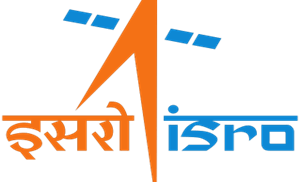Science and Technology
In News: The Indian Space Research Organisation (ISRO) said on September 21, 2022, that it has successfully demonstrated a hybrid propulsion system at the ISRO Propulsion Complex (IPRC), Mahendragiri, on Tuesday evening. The test was conducted by the Vikram Sarabhai Space Centre (VSSC) with support from the Liquid Propulsion Systems Centre (LPSC).


About:
- In rocket engines, oxidisers supply the oxygen needed for combustion.
- Conventional HTPB-based solid propellant motors used in rockets use ammonium perchlorate as oxidiser.
- The hybrid system uses a Hydroxyl-terminated polybutadiene (HTPB)-based aluminised solid fuel and liquid oxygen (LOX) as the oxidiser.
- The ground-based test was performed for 15 seconds on a 300-mm sounding rocket motor.
Benefits:
- While both HTPB and LOX are green, the cryogenic LOX is safer to handle.
- And unlike conventional solid motors, the hybrid technology permits restarting and throttling capabilities on the motor.
- The hybrid system is more efficient, ”greener” and safer to handle and paves the way for new propulsion technologies for future missions.
Source: The Hindu
Previous Year Question
Q.1) With reference to India’s satellite launch vehicles, consider the following statements: (2018)
- PSLVs launch the satellites useful for Earth resources monitoring whereas GSLVs are designed mainly to launch communication satellites.
- Satellites launched by PSLV appear to remain permanently fixed in the same position in the sky, as viewed from a particular location on Earth.
- GSLV Mk III is a four-staged launch vehicle with the first and third stages using solid rocket motors; and the second and fourth stages using liquid rocket engines.
Which of the statements given above is/are correct?
- 1 only
- 2 and 3
- 1 and 2
- 3 only














